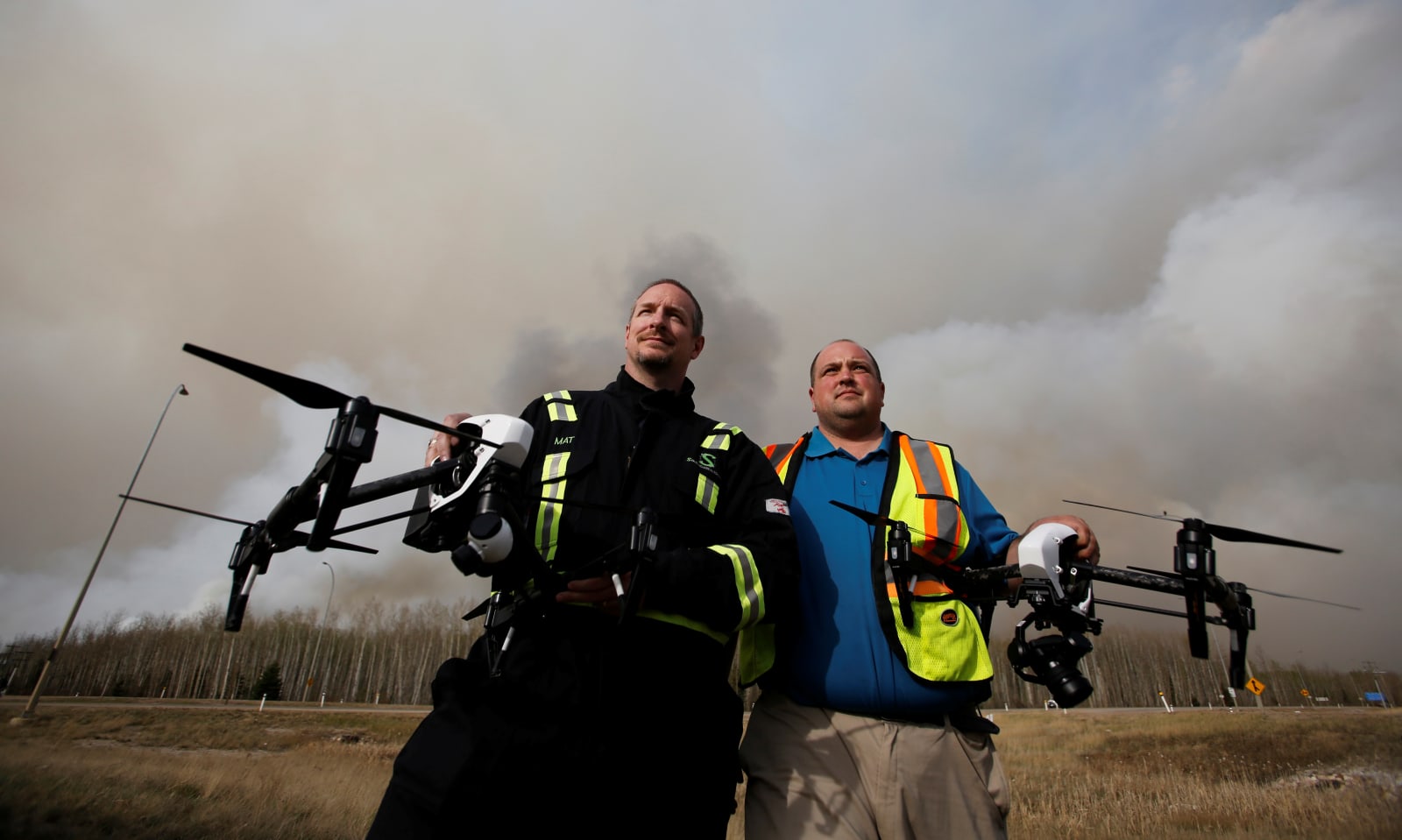It also suggests Google has a much more effective (ie, connected) Washington lobbying office than does Amazon. JL
Steve Dent reports in Engadget:
Alphabet's UAVs, aren't like Amazon's drones -- they take off vertically then fly like a fixed-wing plane. While not as maneuverable, they can fly much farther and carry more weight. Alphabet will be able to test drones with cargo beyond line-of-site. It will also "develop and deploy an open-interface, airspace management solution for safe low-altitude operations,"
The US Federal Aviation Authority (FAA) has been very cautious about drone testing in the US so far, but that's about to change. The FAA has granted Google's sister X division (under Alphabet) permission to test Project Wing delivery services below 400 feet at six sanctioned test sites, according to the White House. The flights will be part of a new push by the US National Science Foundation, which is spending over $35 million on unmanned aerial vehicle (UAV) research and testing over the next five yearsAlphabet's Project Wing UAVs, first revealed in 2014, aren't like Amazon's drones -- they take off vertically then fly like a fixed-wing plane. While not as maneuverable as standard UAVs, they can fly much farther and carry more weight. Though the FAA released its final rules for drone operations in June, deliveries still aren't allowed. However, Alphabet has reportedly been testing them in the US anyway, skirting the regulations via a NASA waiver. It plans to launch the service commercially in 2017.
Alphabet will be able to test drones with cargo beyond line-of-site, which is another current no-no by FAA rules. It will also "develop and deploy an open-interface, airspace management solution for safe low-altitude operations," according to the Feds.
The initiatives were unveiled during a big event today that included keynotes from US Chief Technology Office Megan Smith, FAA Administrator Michael Huerta and Intel CEO Bryan Krzanich. The White House emphasized that government must be more flexible about allowing companies to test drones and other tech over US soil. Amazon, for one, was forced it to test its delivery drones in the UK due to restrictive US rules.
Drones helped Fort McMurray firefighters, but they can hinder manned aircraft. (Chris Wattie/Reuters)
The White House also unveiled a flurry of other initiatives. It wants the FAA to develop new regulations to "safely integrate [UAVs] in the airspace" and have them ready for comment by winter 2016. Further to that, it will create a UAV "safety team" that can analyze safety data and investigate accidents. It also enlisted NASA to help develop "detect and avoid" tech, with completion planned by 2020.
FAA chief Huerta cited rescue operations and crop dusting as two big areas where drones could assist or replace manned aircraft. "Just last week, two people were killed in two different accidents involving crop dusters -– exactly the type of job a small unmanned aircraft could do with much less risk to people and property on the ground," he said.
There are other studies planned around wildfire safety, drone racing, medical deliveries in hard-to-reach areas, public information about drones and more. For a complete list of the many, many initiatives, check the fact sheet.





















0 comments:
Post a Comment